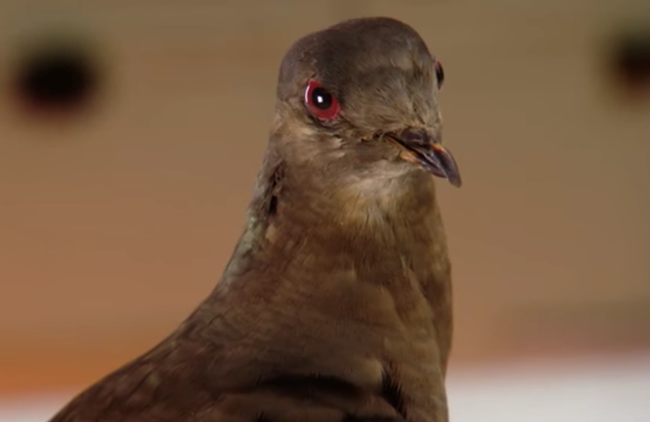Last updated: February 21, 2020
Article
Carrier Pigeons

Photo: Smithsonian Institute
The pigeon he shot was most certainly a passenger pigeon (Ectopistes migratorius). At one time, it was believed to be the most populated bird in North America, numbering in the billions (some estimated between three and five billion). As settlers pressed westward in the 19th century, the birds were slaughtered by the millions each year and shipped by railcar for sale in city markets.
According to Paul A. Johnsgard in “Lewis and Clark on the Great Plains,” the passenger pigeon was last reported in the Montana region in 1875, from what is now South Dakota in 1884, and from North Dakota in 1892. The last wild birds observed anywhere were seen about 1900, and the last known passenger pigeon died in captivity in 1914 in the Cincinnati Zoological Garden. The bird’s extinction was a sobering lesson for Americans and from it rose the country’s conservation movement.
This short video from the Smithsonian Channel shares the story of “Martha,” the final passenger pigeon: https://www.si.edu/object/yt_wx-cGnvKsvo
